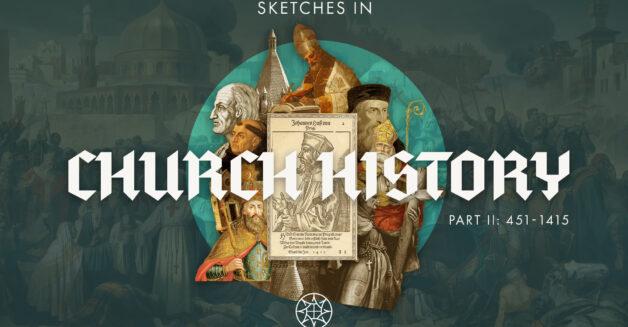I’ve heard it said that representatives from Ireland have come over to America to see what we do for St. Patrick’s Day. It is a strange holiday on the American calendar, filled with shamrock shakes, green-dyed rivers, and lots (and lots) of drinking. I’ll leave it to the Irish to decide if we’ve captured the essence of their culture but we certainly haven’t captured the essence of St. Patrick.
As is the case with many saints and heroes from the early church, getting to the “historical Patrick” can be difficult. One reliable source, however, is Richard’s Fletcher’s excellent book, The Barbarian Conversion: From Paganism to Christianity (University of California Press, 1999). For a readable, scholarly treatment on the long, slow, amazing transition in Europe from paganism to Christianity there is no better book.
And what does Fletcher say about Patrick? First off, we need to know what Patrick did not do.
Determining fact from fiction for Patrick is particularly tricky because his writings were not always passed along reliably, and because he wrote in remarkably poor Latin. With little formal education, Patrick did not handle Latin well. Fletcher says Patrick’s Latin is “simple, awkward, laborious, sometimes ambiguous, occasionally unintelligible” (83). Bad writing and bad sources have meant plenty of bad information about St. Patrick.
There is a broad consensus, however, on the basic outline of his life. Patrick—who lived his adult life in the 400s—was actually British, not Irish. He was born into a Christian family with priests and deacons for relatives, but by his own admission, he did not grow up a good Christian. As a teenager he was carried by Irish raiders into slavery in Ireland. His faith deepened during this six-year ordeal. Upon escaping Ireland, he went back home to Britain. While with his family, he received a dream in which God called him to return to Ireland to convert the pagans there to Christianity.
In his Confessio Patrick writes movingly about his burden to evangelize the Irish. He explicitly links his vocation to the commands of Scripture. Biblical allusions like “the nations will come to you from the ends of the earth” and “I have put you as a light among the nations” and “I shall make you fishers of men” flow from his pen. Seeing his life’s work through the lens of Matthew 28 and Acts 1, Patrick prayed that God would “never allow me to be separated from His people whom He has won in the end of the earth.” For Patrick, the end of the earth was Ireland.
Over decades, Patrick is reported to have made “many thousands of converts.” He evangelized in cities and in the countryside. He encouraged the monastic way of life, ordained priests, and planted churches. Patrick was also, to use Fletcher’s phrase, “soaked in the Bible.”
To be steeped in the Scriptures was not unheard of. What was new was Patrick’s understanding of the Bible’s missionary mandate. Patrick understood that God wanted the church to win the nations of the world for Christ. Fletcher argues that no one within western Christendom had been possessed by such convictions. As far as our evidence goes, Patrick was the first person in Christian history to take the scriptural injunctions literally; to grasp that teaching all nations meant teaching even barbarians who lived beyond the border of the frontiers of the Roman Empire. This is Patrick’s legacy: a pious and zealous desire to see the Great Commission fulfilled, even (or especially) the very same Irish who had once made him their slave.
Our culture may remember St. Patrick in goofy (and sometimes dangerous) ways, but it is good that we remember him. It’s unfortunate that the forefather of western missions is chiefly celebrated by drinking beer and dreaming of leprechauns, but at least he is celebrated. We don’t know much for certain about Patrick. But what we know of his ambition and ministry should be enough to make all of us a little green with (sanctified) envy.





